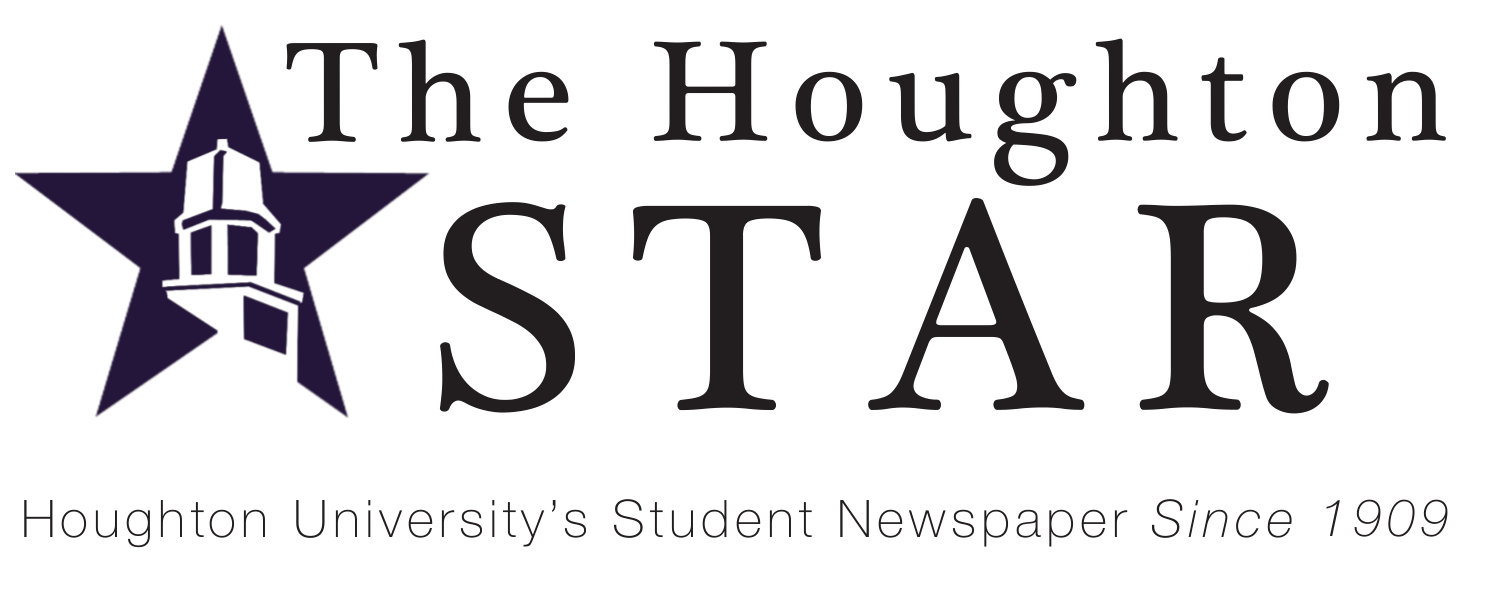Houghton STAR
The student newspaper of Houghton University since 1909.
March 19, 2022
News
Fitness Classes At Houghton
Marith Anderson During the cold winter months at Houghton, it might seem difficult to motivate yourself to stay active. If…
March 19, 2022
Stories In Focus
Feature: Houghton College Buffalo
By Jannatul Noshin Higher education begins with a college that is both financially accessible to all and is a leader…
March 19, 2022
News
Symposium Returns to Houghton
By Joshua Carpenter Another week of exploring topics relating to the worldwide intersection of faith and justice. Of these challenges,…
March 19, 2022
News
Houghton Announces Upcoming Changes to Masking Guidelines
By Owen Hardiman On February 15, an all-campus email announced that Houghton College will undergo changes to masking requirements in…
March 19, 2022
Columns
Night at the Movies
by Rachel Huchthausen Dr. Sharon Johnson, Prof. Roy Smith, and Mrs. Julie Smith shared a magnificent program of film music…
March 19, 2022
Opinions, Letter to the Editor, Opinions
More Than Cauliflower
By Cody Johnson “Cauliflower is nothing but cabbage with a college education,” wrote Mark Twain. By being here, reading this,…
March 19, 2022
News
Winter Sports At Houghton
By Isaac Little The Houghton Highlanders approached the winter season with great anticipation and promise. Having a young roster across…
March 19, 2022
News
Shenovations: Updates and Repairs to Shenawana Hall
By Colin Campbell On January 24, Marc Smithers, Vice President for Student Life and Dean of Students, announced that Shenawana…
March 19, 2022
News
Houghton Announces Spring 2022 Commencement Speaker
By Bryce Preston On Friday, February 4, 2022, President Lewis announced in an email to the Houghton community that a…
Sophomore Leadership Conference Returns
By Elise Koelbl It was gone but not forgotten. After a year of strict COVID-19 guidelines forcing its absence, February…
